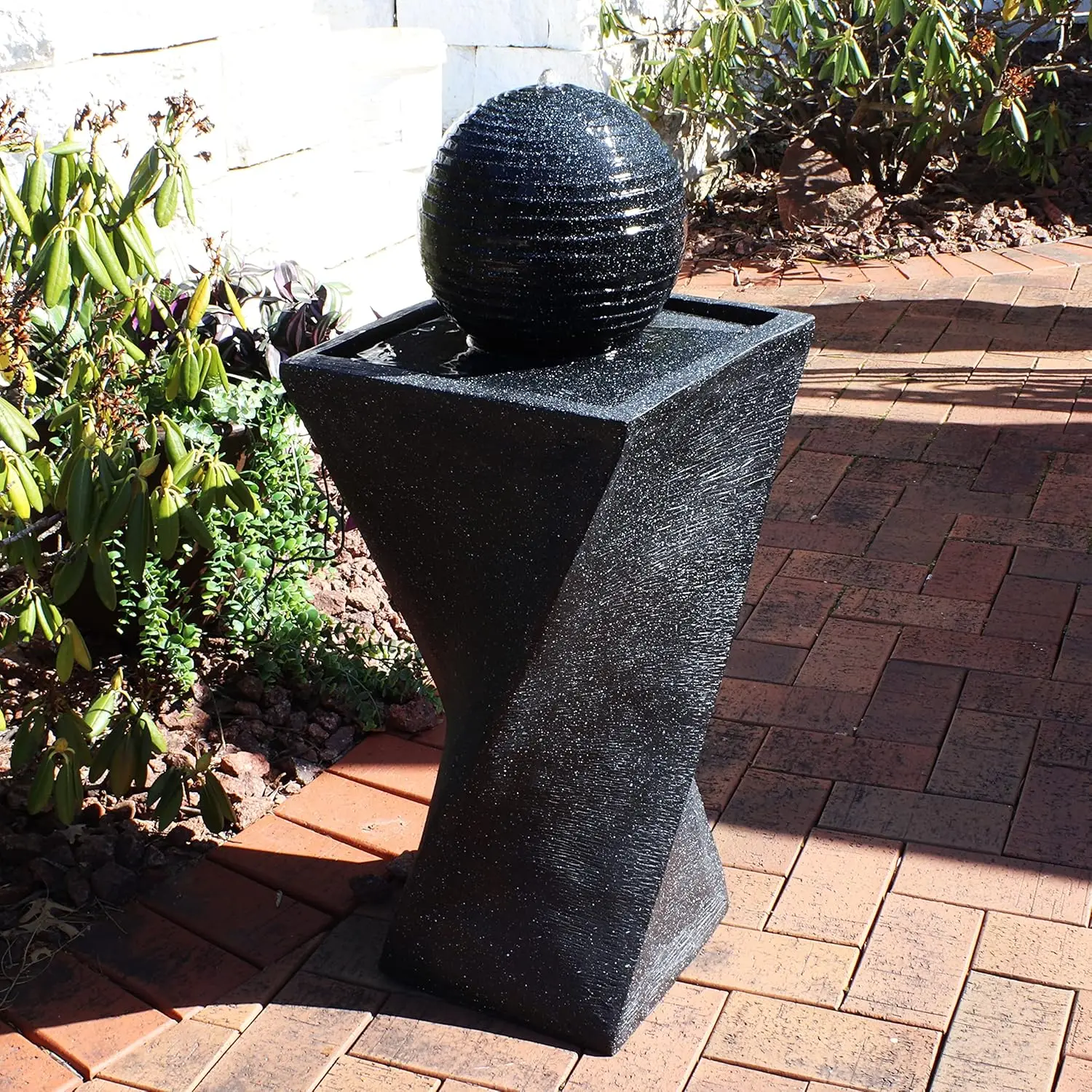Welcome to your ultimate guide for transforming your outdoor area into a functional, beautiful extension of your home. If you’ve ever wondered how to use your patio, deck, or yard space all year long—regardless of rain, heat, or seasonal changes—this blog is for you. You’ll discover actionable tips, material choices, design trends, and layout secrets that help you build an outdoor living space that works 365 days a year, boosting comfort, enjoyment, and resale value.
Why Outdoor Living Spaces Matter
Outdoor living spaces are no longer just a luxury—they are one of the top home upgrades homeowners pursue. In recent years:
-
People spend more time at home, and outdoor areas become sanctuaries for relaxation, entertaining, or work.
-
Homes with well-designed outdoor living spaces tend to command higher market value.
-
Trends show growing demand for spaces that blur indoors and outdoors, emphasizing versatility and comfort.
Understanding what makes an outdoor space functional year-round—weather resistance, adaptability, comfort—is key to making the investment pay off.
Key Elements for Year-Round Outdoor Living
Here are 5 practical, actionable insights to help you design an outdoor living space that holds up through all seasons:
1. Plan Purposefully: Define Use and Zones
-
Start by mapping your needs. Do you want outdoor dining, lounging, a play area, or a fire pit zone?
-
Consider traffic flow. Leave pathways clear for access and avoid cluttered layouts.
-
Include flexible zones. Use movable furniture, modular sofas, or fold-away tables that can adapt to different seasons.
2. Choose Durable Materials & Weather-Smart Hardware
-
Wood type matters. Use hardwoods like teak or cedar, or treated woods that resist rot, pests, and moisture.
-
Select performance fabrics. Outdoor cushions and upholstery made for UV resistance and quick drying reduce mildew and fading.
-
Hardware choices count. Stainless steel screws, rust-proof fixtures, and powder-coated metals last longer.
3. Incorporate Comfort Features for Seasonality
-
Shade and shelter. Pergolas, awnings, or retractable shades help with sun; roofed or partially enclosed patios protect from rain.
-
Heating and cooling options. Outdoor heaters, fire pits, ceiling or portable fans, and misting systems allow comfort from winter chills to summer heat.
-
Lighting matters. Layer ambient, task, and accent lighting. String lights, wall fixtures, and solar-powered LED lights extend usability after dark.
4. Blend Indoor & Outdoor Design for Cohesion
-
Flooring continuity. Using similar materials or color tones for indoor and outdoor flooring helps blur boundaries.
-
Color palettes and textures. Earth tones like taupe, terracotta, olive green, and neutral linens pair well with natural textures—stone, wood, woven fibers.
-
Décor accents. Rugs, throw pillows, planters, and privacy screens contribute style and can be swapped seasonally or updated as trends evolve.
5. Prioritize Maintenance & Longevity
-
Design for drainage. Proper slope away from structures, gravel or permeable pavers, guttering, and water-resistant trims prevent water damage.
-
Annual upkeep plan. Reseal wood surfaces, clean fabrics, check hardware, and replace bulbs to keep the space safe and fresh.
-
Storage solutions. Built-in benches with storage, weatherproof boxes, or cabinets help protect cushions and décor when not in use.
Trends & Examples
-
Homeowners are embracing earthy color palettes—terracottas, olive greens, muted neutrals—to bring warmth and cohesion between interior and exterior.
-
Outdoor rooms with glass doors or folding walls are increasingly popular, allowing spaces to open fully in summer and close in winter.
-
Furniture modularity (pieces that can be reconfigured) and multi-use structures (e.g., pergolas with integrated lighting or sound systems) are rising in demand.
Imagine a backyard where the decking continues indoors with matching flooring, where retractable glass walls open to let in light, where plush outdoor sofas with weather-proof covers and contrast piping cushions hug warm, earthy tones—all topped with string lights and adjustable shade. That kind of space makes every season feel welcoming.
Creating a smart outdoor living space that works year-round means combining thoughtful planning, durable materials, comfort features, and cohesive design. Key takeaways:
-
Define how you’ll use the space and design zones accordingly.
-
Use materials and hardware built to withstand weather.
-
Blend indoor and outdoor aesthetics for seamless transitions.
-
Incorporate comfort—shade, heating, cooling, lighting—to extend usability.
-
Maintain regularly and provide storage to protect your investment.
Ready to get started? Subscribe for more home goods and outdoor design advice, share this post with friends who dream of outdoor upgrades, or explore our other articles for design ideas and product suggestions. Here’s to building an outdoor living space your family will love—in every season.

